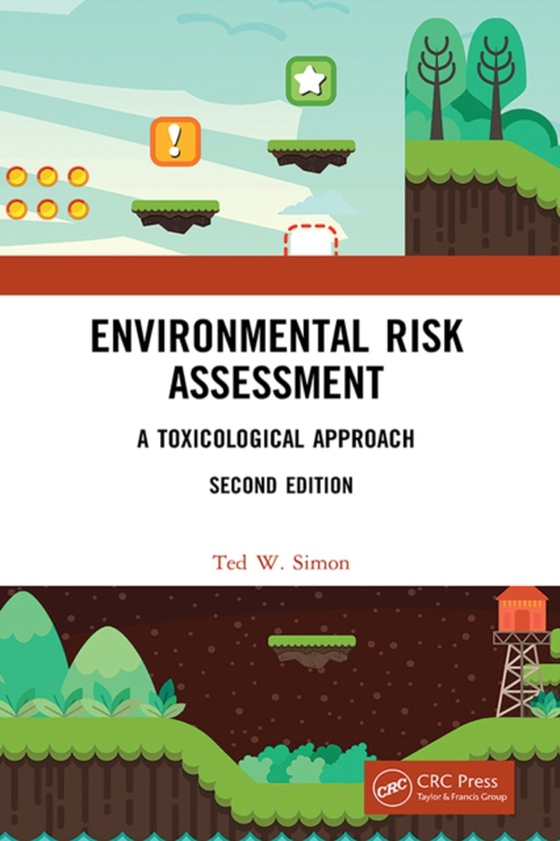
Environmental Risk Assessment e-bog
2190,77 DKK
(inkl. moms 2738,46 DKK)
The purpose of risk assessment is to support science-based decisions about how to solve complex societal problems. Indeed, the problems humankind faces in the 21st century have many social, political, and technical complexities. Environmental risk assessment in particular is of increasing importance as health and safety regulations grow and become more complicated.Environmental Risk Assessment:...
E-bog
2190,77 DKK
Forlag
CRC Press
Udgivet
6 december 2019
Længde
494 sider
Genrer
MMGT
Sprog
English
Format
pdf
Beskyttelse
LCP
ISBN
9781000754117
The purpose of risk assessment is to support science-based decisions about how to solve complex societal problems. Indeed, the problems humankind faces in the 21st century have many social, political, and technical complexities. Environmental risk assessment in particular is of increasing importance as health and safety regulations grow and become more complicated.Environmental Risk Assessment: A Toxicological Approach, 2nd Edition looks at various factors relating to exposure and toxicity, human health, and risk. In addition to the original chapters being updated and expanded upon, four new chapters discuss current software and platforms that have recently been developed and provide examples of risk characterizations and scenarios.Features:Introduces the science of risk assessment-past, present, and futureProvides environmental sampling data for conducting practice risk assessmentsConsiders how bias and conflict of interest affect science-based decisions in the 21st centuryIncludes fully worked examples, case studies, discussion questions, and suggestions for additional readingDiscusses new software and computational platforms that have developed since the first editionAimed at the next generation of risk assessors and students who need to know more about developing, conducting, and interpreting risk assessments, the book delivers a comprehensive view of the field, complete with sufficient background to enable readers to probe for themselves the science underlying the key issues in environmental risk.
 Dansk
Dansk

